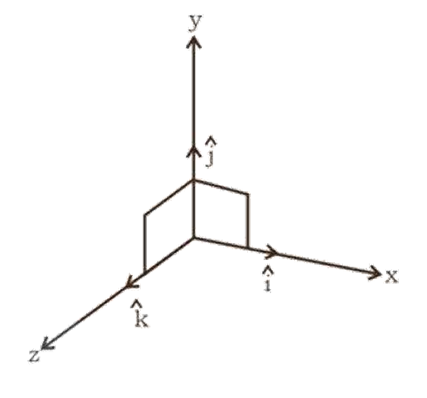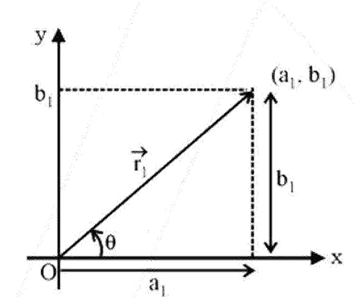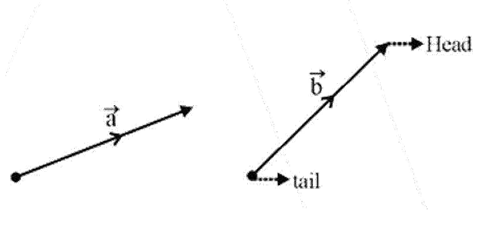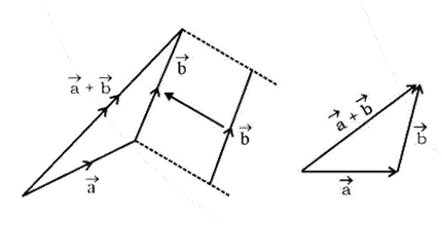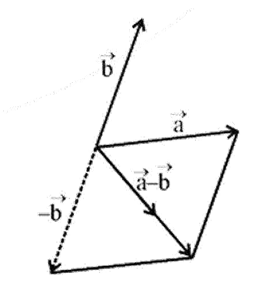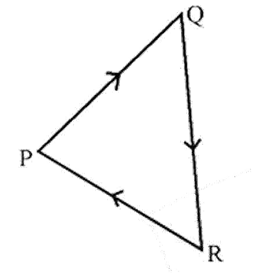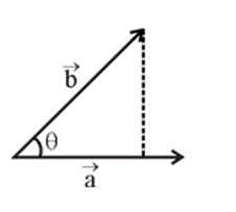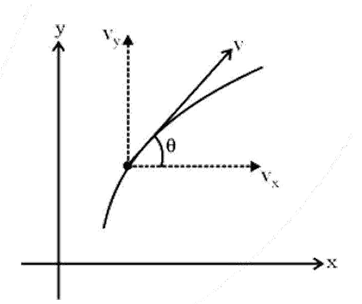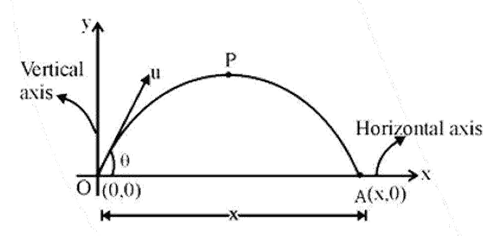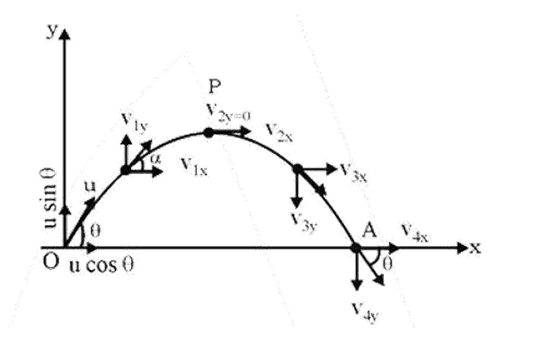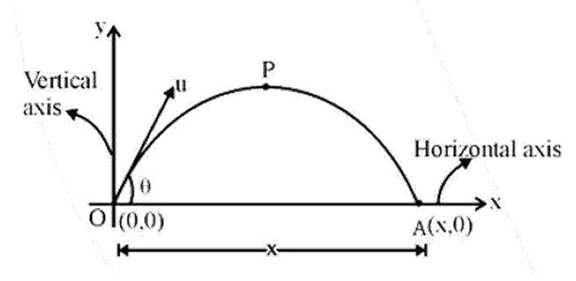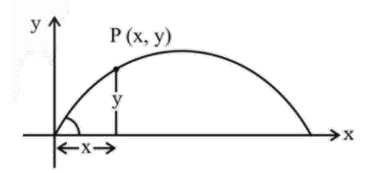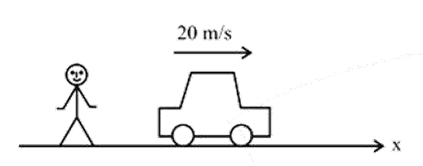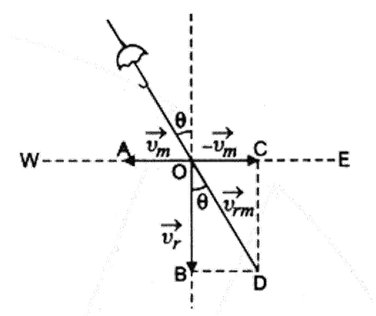CBSE Physics Chapter 3 Motion In A Plane Class 11 Notes PDF Download
FAQs on Motion In A Plane: Line Class 11 Notes: CBSE Physics Chapter 3
1. Where can I get the NCERT textbook for Class XI of Physics Part I?
You can easily download the NCERT Textbook from our Vedantu Official website for free and start preparing your learnings.
2. What are the subtopics of Ch 3 Physics Class 11 Notes?
Because the scalar and vector are the introductory concepts in class XI you can start learning this chapter ‘Motion in a Plane’ without having prior knowledge of any of it. However, it is always a better way to have a hint before you start reading. The science textbook of class IX can come in handy in this situation. The chapter ‘Motion’ also includes the concept of ‘circular motion.’ Some chapters of geometry in maths can be of great help to you for understanding planes and their coordinates that help to determine the position of the vectors.
3. What are the laws of motion?
The three fundamental laws of motion are (i) All objects or device move in a straight or linear direction unless an external force acts upon it, (ii) Force exerted on a body is directly proportional to the mass and acceleration of the body and (iii) All actions have an equal and opposite reaction.
4. Explain whether the statement is true or false. A displacement vector is a position vector.
The given statement ‘a displacement vector is a position vector’ is true. A displacement vector provides the position or state of any point similar to the position vector. The position and displacement vector is similar to some extent. The difference between the displacement and position vector is that the displacement vector describes the position of any point concerning the other points instead of origin. While the position vector states the position of any point with respect to the origin. This is how the statement proves to be true.
5. What do Motion In A Plane Class 11 Notes cover?
Motion In A Plane Class 11 Notes cover key concepts such as vectors, projectile motion, circular motion, and relative velocity in two dimensions, providing a comprehensive understanding of two-dimensional motion.
6. Where can I find Motion In A Plane Class 11 Notes PDF Download?
You can easily find Motion In A Plane Class 11 Notes PDF Download on our Vedantu website which offers study materials for Class 11 Physics.
7. How will Motion In A Plane Class 11 Notes PDF help in exam preparation?
Motion In A Plane Class 11 Notes PDF simplifies complex topics, provides clear explanations and includes problem-solving techniques, which are useful for quick revision and effective exam preparation.
8. What are the key topics included in Class 11 Physics Chapter 3 Notes?
Class 11 Physics Chapter 3 Notes include important topics such as vector addition, projectile motion, circular motion, and the application of vectors in solving physics problems.
9. Are Motion In A Plane Class 11 Notes helpful for understanding projectile motion?
Yes, Motion In A Plane Class 11 Notes are extremely helpful in understanding projectile motion, as they explain the horizontal and vertical components, key formulas, and problem-solving techniques in detail.























